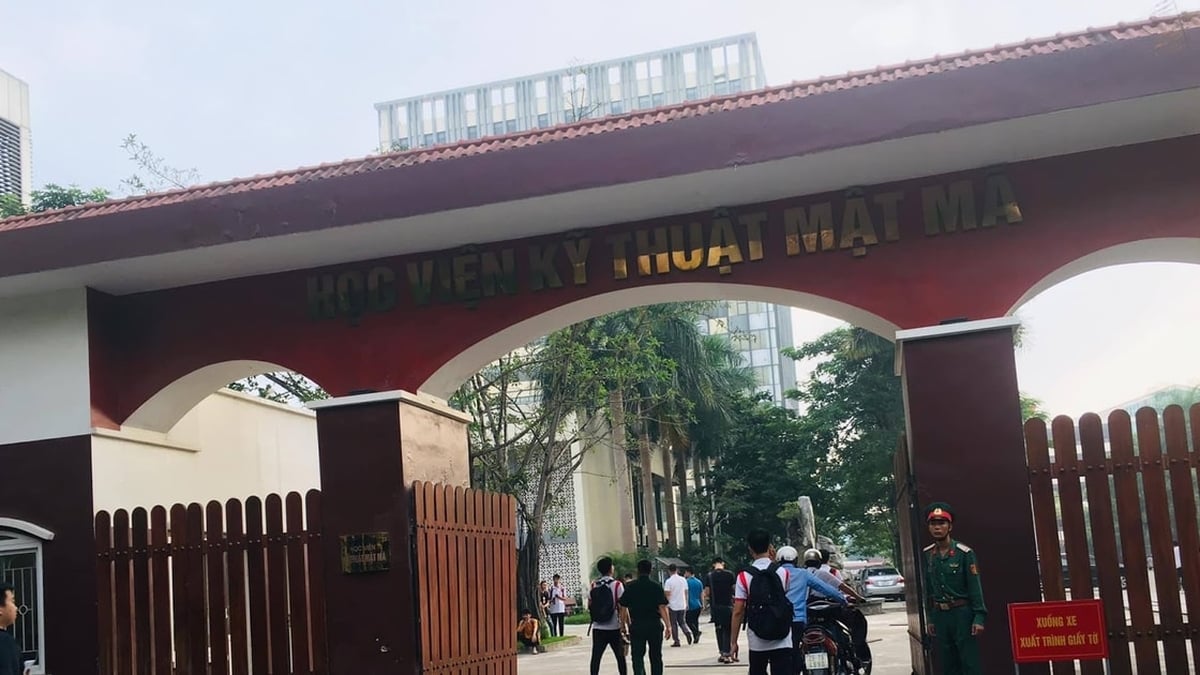The 2024 Land Law passed by the National Assembly at an extraordinary session held earlier this year only allows investors to negotiate land use rights for residential land to build commercial housing projects.
The positive point of the above regulation is that it will put an end to the situation where some private enterprises buy and monopolize land for profit. However, in the short term, the State cannot meet all the land needs of enterprises through the form of land allocation and leasing. As a result, according to many experts' warnings, the market will continue to face a shortage of land supply, leading to a shortage of commercial housing supply.
Another consequence is that the above regulation may concentrate benefits in the hands of investors who already own land for commercial housing projects, pushing housing prices to continue to increase. That is also the reason why the National Assembly allows that in case it deems it necessary, the Government will study, develop and submit to the National Assembly for consideration and promulgation of a resolution allowing the pilot implementation of commercial housing projects through agreements on receiving land use rights or having other land use rights as prescribed by the Land Law.
It should be added that the requirement to have residential land is considered a fundamental problem for most commercial housing projects that are stuck in the market, and has been mentioned by many experts and businesses in recent times.
In Ho Chi Minh City alone, there are currently 41 projects that do not meet the conditions for land use rights to be approved for investment in commercial housing. Meanwhile, statistics from the Ho Chi Minh City Real Estate Association (HoREA) show that in the past 3 years, only 11 commercial housing projects in the city have been approved for investment. Regarding social housing as well as condotels and officetels, no new projects have been approved for investment in the past time.
In fact, since 2014, the Housing Law has stipulated that 100% of residential land must be used for projects, causing nearly 100% of real estate projects to be stalled. By 2022, the National Assembly issued Law No. 03/2022 amending 9 laws, allowing enterprises to receive transfers of residential land or residential land and other land that is not residential land in accordance with planning to carry out investment projects.
However, most new real estate development projects, especially large-scale projects, are implemented on land that was not originally residential land. Statistics from HoREA on the proportion of commercial housing projects developed on different types of land provide remarkable figures. Specifically, the proportion of projects implemented on 100% residential land accounts for only 1%. Projects developed on mixed land including residential land and other types of land account for the largest proportion (about 94%).
This shows that the regulation that only those with residential land can be approved for commercial housing projects is creating a local shortage of housing supply. This is also the leading cause of pushing housing prices far out of reach for those with real housing needs as it is today.
Therefore, if the above Project is approved, it could be a major step forward in regulating land for commercial housing projects in the past 10 years. From "residential land" regulating land for commercial housing projects (in the 2014 Housing Law), it has been changed to "residential land or residential land and other land meeting the conditions for changing the purpose of use" (Law No. 03/2022 amending 9 laws and the 2024 Land Law) and to "piloting other types of land".
This will create conditions for dozens, hundreds of commercial housing projects, including projects without residential land elements, to be born, making an important contribution to the supply of products for the housing market. Thereby, contributing to solving the thirst for supply that has been haunting the market for many years, helping to reduce housing prices, creating conditions for the dream of settling down to come closer to low-income workers.
Of course, to avoid the situation where businesses take advantage of this for speculation and profiteering, the State needs to have solutions to control this transfer activity through tools such as planning and calculating land use fees. In the long term, it is necessary to soon realize new regulations on land development, management and exploitation, implemented by land fund development organizations. At that time, investors will have access to land funds in a public and transparent manner through auctions and bidding, helping the market develop more healthily.


































































































Comment (0)